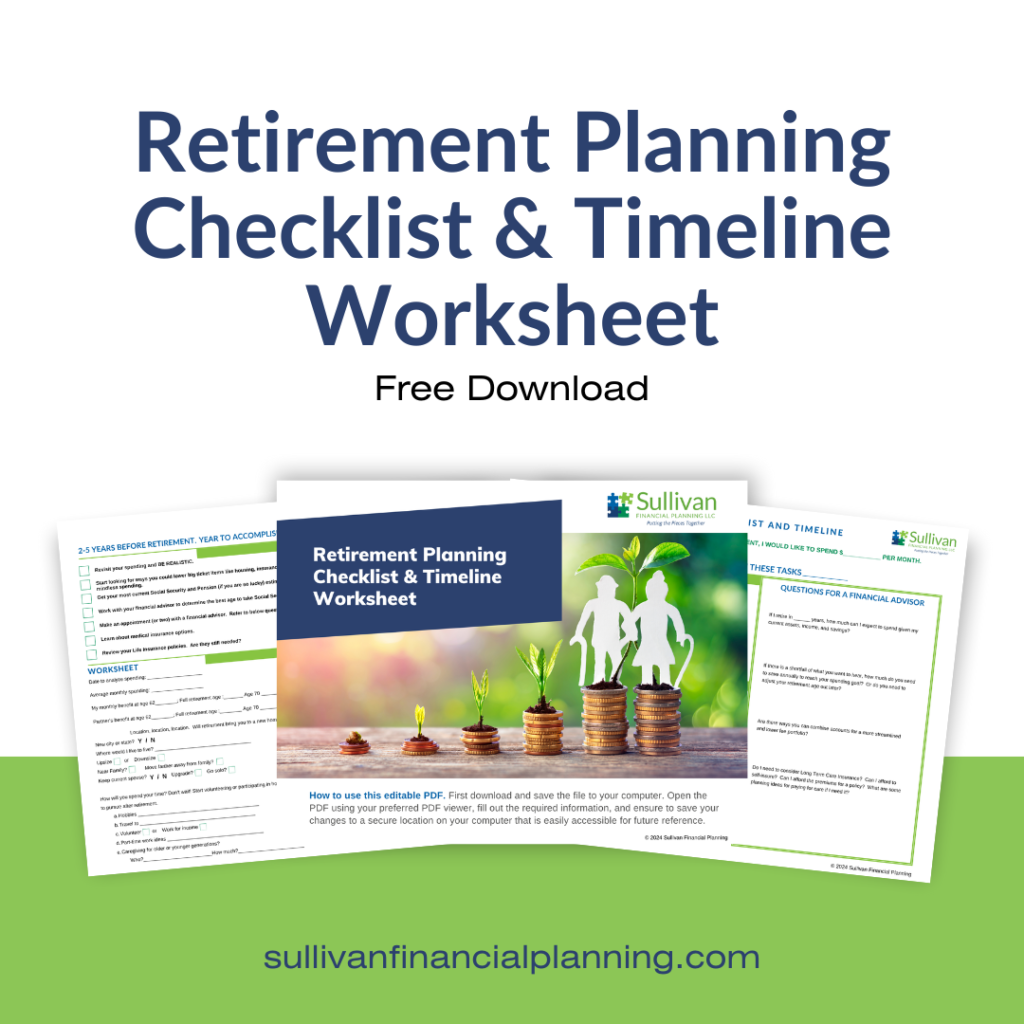If you look back on my past blogs, I explain the different types of bonds with a fun example. To summarize, bonds come in different maturity dates and different credit qualities. The longer the maturity date, the better the interest you are paid, but the more risk to the bond price if interest rates go up. If you are invested in shorter-term bonds, you get paid less interest, but the prices move much less in response to changes in interest rates.
Bonds with lower credit qualities pay higher interest and their prices tend to move more like stocks. So, if interest rates go up, that means the economy is improving and often the price of low quality debt goes up. Translation, high-yield bond funds often rise in price when interest rates go up.
There are also Treasury Inflation Protected Securities (TIPS) issued by the US Government that rise in value with inflation (as measured by the Consumer Price Index). These bonds might go up in price around the same time as interest rates rise, but that’s not a guarantee.
So, to have a well-diversified portfolio for a rising interest rate environment, you should consider having some money in intermediate-term investment grade bonds, short term investment grade bonds, a little bit in high-yield bond, and a little in TIPS. How much in each? Well, that’s a good question for your financial adviser.
Stay Informed and Educated — Subscribe to the SFP Blog! Use the quick and easy form to the right of this article.



